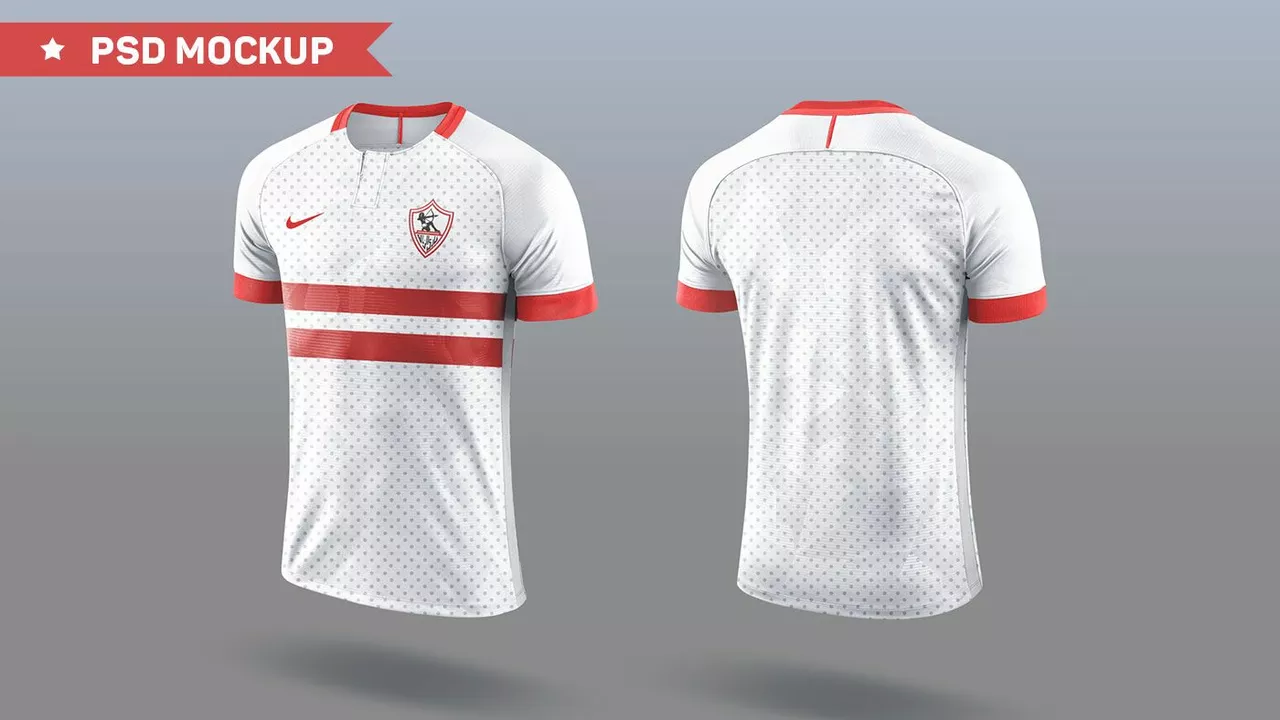Dress Code in Soccer: What Players Must Wear on the Pitch
If you’ve ever watched a match and wondered why every player looks the same, the answer is simple – the dress code. It’s not just about looking good; it’s about safety, fairness and identity. Below we break down the key pieces of a soccer kit and the rules that keep everyone in line.
Core Parts of the Kit
Every player needs a shirt, shorts, socks, shin guards and proper footwear. The shirt must display the club’s colors and badge, while the shorts match. Socks should be long enough to cover the shin guards – most leagues require them to be at least five centimeters above the ankle. Shin guards are non‑negotiable; they protect against kicks and must be approved by the governing body. Finally, boots need to be suitable for the surface – firm ground (FG) for natural grass, turf (TF) for artificial pitches.
Rules That Keep the Game Fair
Leagues set strict guidelines on colors to avoid clashes. Home and away kits are designed so that opponents wear contrasting shades; referees can ask a team to change if the colors are too similar. Some competitions also limit the number of sponsor logos and their size. Players must wear the same kit throughout the match – swapping shirts mid‑game can lead to a yellow card.
Beyond aesthetics, the dress code protects players. Shin guards must be snug and cover the front of the shin, while socks keep them in place. Boots with inappropriate studs can cause damage to the pitch and result in fines. Some leagues even test footwear before a match to make sure it meets safety standards.
What about player numbers? Every shirt carries a visible number, usually on the back and sometimes on the front. The number helps officials, commentators and fans identify who’s who. If a number is missing or illegible, the player may be asked to change before kickoff.
Goalkeepers have a few extra rules. They must wear a color that stands out from both teams, and they often wear long‑sleeve shirts and padded gloves. Some tournaments require goalkeepers to change jerseys if the ball matches their shirt color.
Clubs take dress code seriously because violations can cost points or money. A famous example is the 2021 Premier League match where a team fielded an ineligible shirt; the loss was overturned and the club fined. Keeping the kit compliant avoids headaches and lets the focus stay on the game.
So next time you gear up, remember it’s not just a fashion statement. The dress code keeps the match safe, fair and recognizable. Follow the rules, wear the right gear, and you’ll be ready to give it your all on the pitch.

Why can't soccer players wear sleeveless jerseys?
In my latest blog post, I explored why soccer players aren't allowed to wear sleeveless jerseys. It turns out, the main reason is due to the laws set by FIFA, the governing body for international soccer. These regulations aim to maintain uniformity and respect for the game. Additionally, sleeves are necessary for numbering and potential advertising spaces, which are crucial aspects of the sport. So, despite any potential comfort or style preferences, players must adhere to these rules for the greater good of the game.
View More